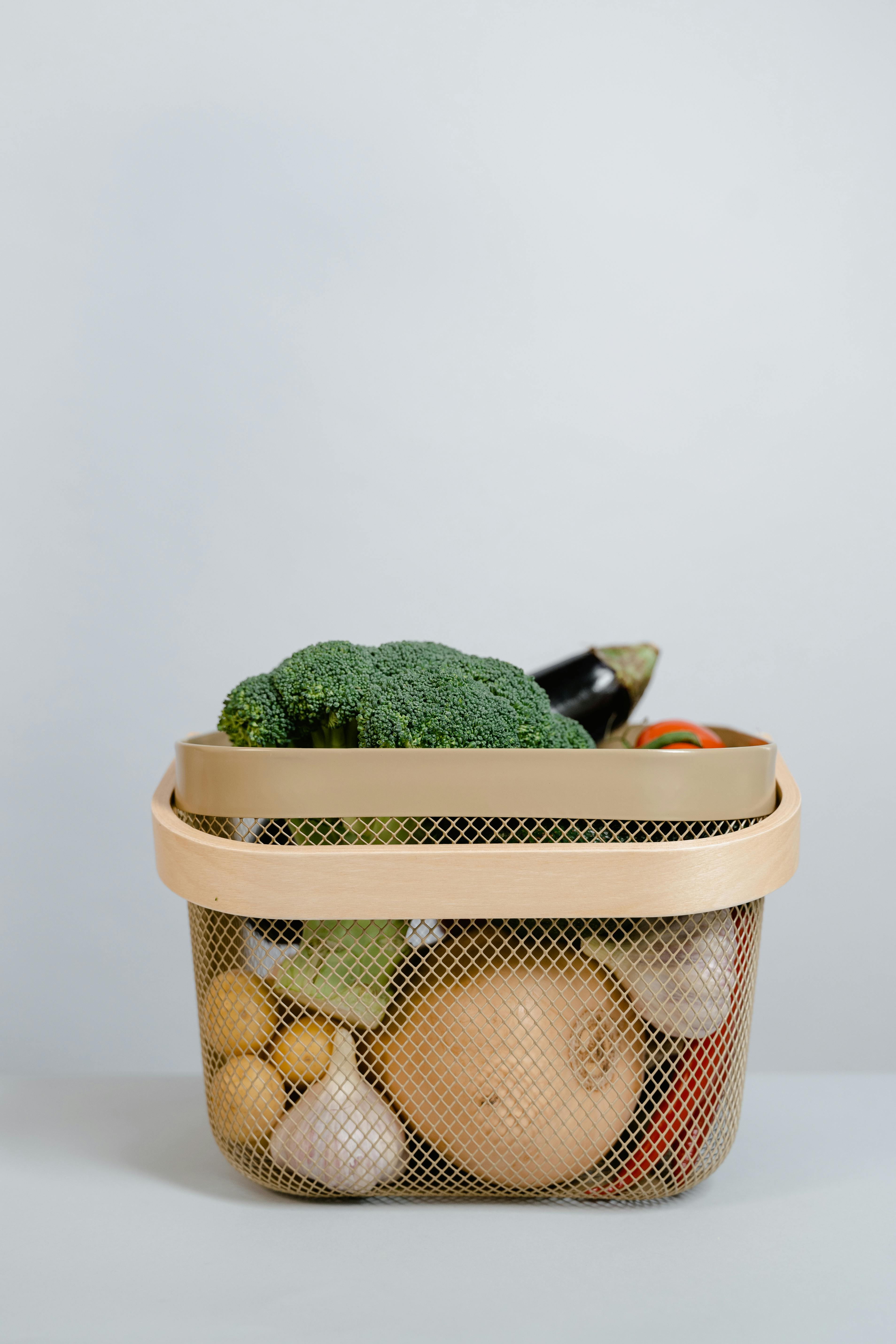Practical Guide to Diet for Venous Insufficiency in 2025

Essential Guide to Diet for Venous Insufficiency in 2025
Understanding the importance of diet in managing venous insufficiency is crucial for promoting overall health and improving circulation. Venous insufficiency, a condition where veins struggle to pump blood efficiently, can lead to various complications if not managed properly. In this practical guide, we will explore how dietary changes can significantly impact venous health. By incorporating certain foods and avoiding harmful ones, individuals can enhance their blood circulation and overall vein function.
This article will provide an overview of the best foods for venous insufficiency, dietary recommendations for vein health, and practical tips to improve circulation through nutrition. We will also discuss the role of hydration, fiber-rich foods, antioxidants, and healthy fats in supporting vein health. Key takeaways will include meal planning strategies and the importance of monitoring one’s diet for optimal vein function. Understanding and implementing these dietary changes will set the foundation for better vascular health.
How to Choose Best Foods for Venous Insufficiency Treatment
Building on our understanding of venous insufficiency, choosing the right foods plays a pivotal role in treatment. Diets rich in antioxidants, flavonoids, and nutrients specifically support vein health and improve circulation. Foods like fruits, vegetables, whole grains, and lean proteins should form the cornerstone of the venous insufficiency diet.
Incorporating Antioxidants-Rich Foods
Antioxidants are key components in preventing oxidative stress on veins. Fruits such as berries, citrus fruits, and beets are rich in antioxidants and support circulation. Berries like blueberries and strawberries help reduce inflammation and promote blood flow, while beets contain dietary nitrates that enhance vessel elasticity.
Focusing on Fiber-Rich Foods
A high-fiber diet is beneficial for managing venous health. Foods such as whole grains, legumes, and vegetables not only aid in digestion but also help regulate blood sugar and cholesterol levels. Incorporating fiber-rich meals can alleviate pressure on veins and improve overall cardiovascular health.
Benefits of Omega-3 Fatty Acids
Omega-3 fatty acids found in fish, flaxseeds, and walnuts are essential for reducing inflammation and promoting healthy circulation. They assist in keeping blood vessels flexible and can help lower triglyceride levels, further enhancing vascular health. Including these healthy fats is vital for a well-rounded diet focusing on venous insufficiency.
Potassium and Magnesium for Vein Support
Potassium-rich foods, like bananas and spinach, assist in maintaining fluid balance in the body. Magnesium, found in nuts and seeds, supports healthy blood pressure and vascular function. Including these minerals in your diet can help regulate blood pressure and lower the risk of complications associated with venous insufficiency.
Plant-Based Proteins for Venous Health
Incorporating plant-based proteins such as beans, lentils, and quinoa can provide essential amino acids without the saturated fats found in animal sources. Lean proteins are vital for repairing tissues and maintaining overall muscle health, which is important for overall vascular support. A balanced diet including plant-based proteins will improve your nutrition and support vein function.
Creating a Healthy Diet for Venous Insufficiency
With these foundational foods in mind, it's essential to create a structured dietary plan that targets improved venous health. This section will outline dietary recommendations, including foods to avoid, meal-planning strategies, and how to incorporate healthy snacks into your routine.
Understanding Foods to Avoid with Venous Insufficiency
To manage venous insufficiency effectively, certain foods should be minimized or avoided entirely. High-sodium diets can lead to fluid retention, exacerbating symptoms. Processed foods, sugary snacks, and refined carbohydrates can contribute to weight gain and poor circulation. Implementing a low-sodium diet can alleviate stress on the venous system.
Adopting a Low Sugar Diet
Excessive sugar intake can lead to inflammation and weight gain, both of which negatively impact venous health. Opting for natural sugars found in fruits rather than added sugars in processed foods can help maintain stable energy levels and improve vascular conditions. Transitioning to a low sugar diet is highly recommended for those dealing with venous insufficiency.
Monitoring Portion Control for Venous Health
Managing portion sizes is crucial for sustaining a healthy weight, particularly for individuals with venous insufficiency. Adopting mindful eating practices, such as listening to your body’s hunger cues and serving smaller portions, can prevent overeating and promote healthier choices. Tracking food intake and being aware of portion control can have significant benefits.
Meal Planning Tips for Venous Health
Creating nutritious meal plans tailored to support vein health can make a big difference. Incorporate a range of colors in your diet by choosing various fruits and vegetables, suggesting a diverse intake of nutrients. Consider preparing smoothies packed with anti-inflammatory ingredients or vegetable dishes rich in fiber to enhance your daily meals.
Healthy Snacking for Vein Support
In between meals, choosing healthy snacks can support circulation and maintain energy levels. Options such as nuts, seeds, and fruits not only provide essential nutrients but also support vital blood flow. Experiment with homemade energy bars or trail mixes to ensure you have healthy options readily available.

Hydration for Optimal Venous Health
Following a healthy diet, proper hydration is fundamental in managing venous insufficiency. Dehydration can lead to thicker blood, increasing the risk of circulation issues. This section will focus on how hydration impacts vein health and practical tips for ensuring adequate fluid intake.
The Importance of Hydration for Veins
Staying hydrated aids in maintaining a healthy blood viscosity, contributing to better circulation. Water flushes out toxins and ensures that nutrients are delivered effectively throughout the body, promoting overall vascular health. Aim to drink at least eight glasses of water daily, and adjust this based on activity levels and climate.
Herbal Teas for Circulation
Incorporating herbal teas, such as ginger or chamomile, can provide additional support for circulation. Certain herbs possess anti-inflammatory properties that can enhance blood flow and reduce swelling. Sipping herbal teas is a relaxing way to stay hydrated while enjoying the benefits of natural ingredients.
Monitoring Daily Fluid Intake
Using a hydration app or journal to track daily fluid intake can provide insights into your hydration habits. By actively recognizing how much water you consume, you can work towards meeting your hydration goals effectively. Staying consistent with your fluid intake will support overall health and well-being.
Dietary Changes Assessment and Tracking Progress
With a well-established diet plan in place, it’s important to periodically assess dietary changes and track progress. Understanding how specific foods and lifestyle adjustments affect vein health will empower individuals to make informed choices. This section will offer guidance on evaluating dietary changes and monitoring improvements.
Identifying Symptoms of Venous Insufficiency
Recognizing symptoms such as swelling, pain, or the appearance of varicose veins can provide insights into how well dietary changes are working. Maintaining a symptom journal can help identify triggers and improvements over time. Being mindful of symptoms will allow adjustments to your diet as needed.
Food Journaling for Vein Health
Keeping a food journal can support self-assessment and help identify dietary patterns. Recording what you eat alongside any symptoms can reveal connections between your diet and how your veins feel. This practice will enhance self-awareness and motivation to stick to a healthier diet.
Community Support for Dietary Changes
Connecting with peer support networks or local resources for dietary support can provide motivation and additional strategies. Sharing experiences and success stories enhances progress and can offer valuable insights. Finding community support helps individuals remain engaged in their journey towards better vein health.

Final Thoughts on a Healthy Diet for Venous Insufficiency
In conclusion, implementing a healthy diet for venous insufficiency is crucial for managing symptoms and improving circulation. Understanding which foods promote vein health, adhering to a structured dietary plan, and monitoring progress are essential aspects of effective management. By prioritizing hydration, antioxidants, and a balanced diet, individuals can take proactive steps to support their venous health well into 2025 and beyond.
Overall, the journey toward a healthier lifestyle is achievable through mindful choices and educated approaches. Begin today by incorporating these recommendations and noticing the impact they may have on your vein health.